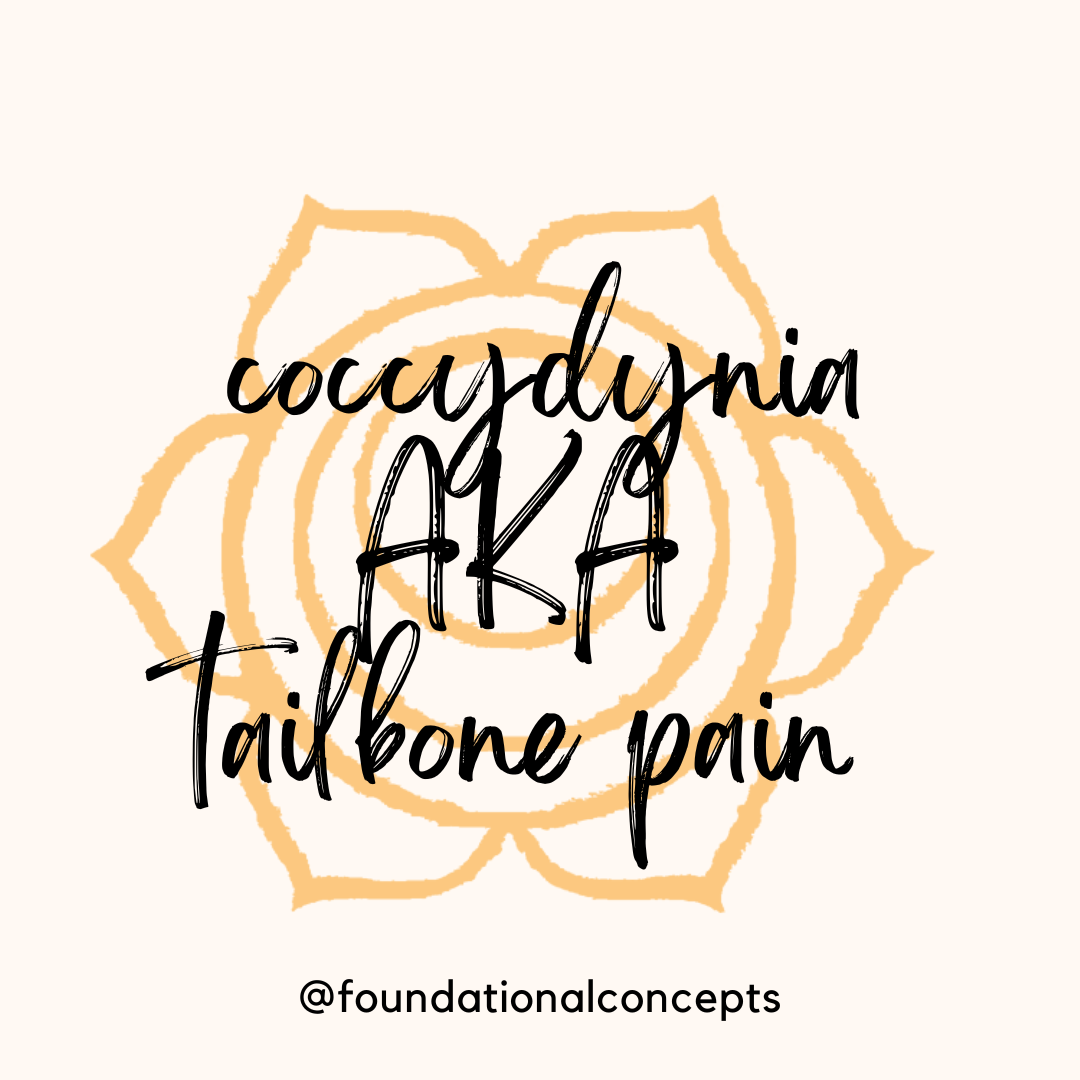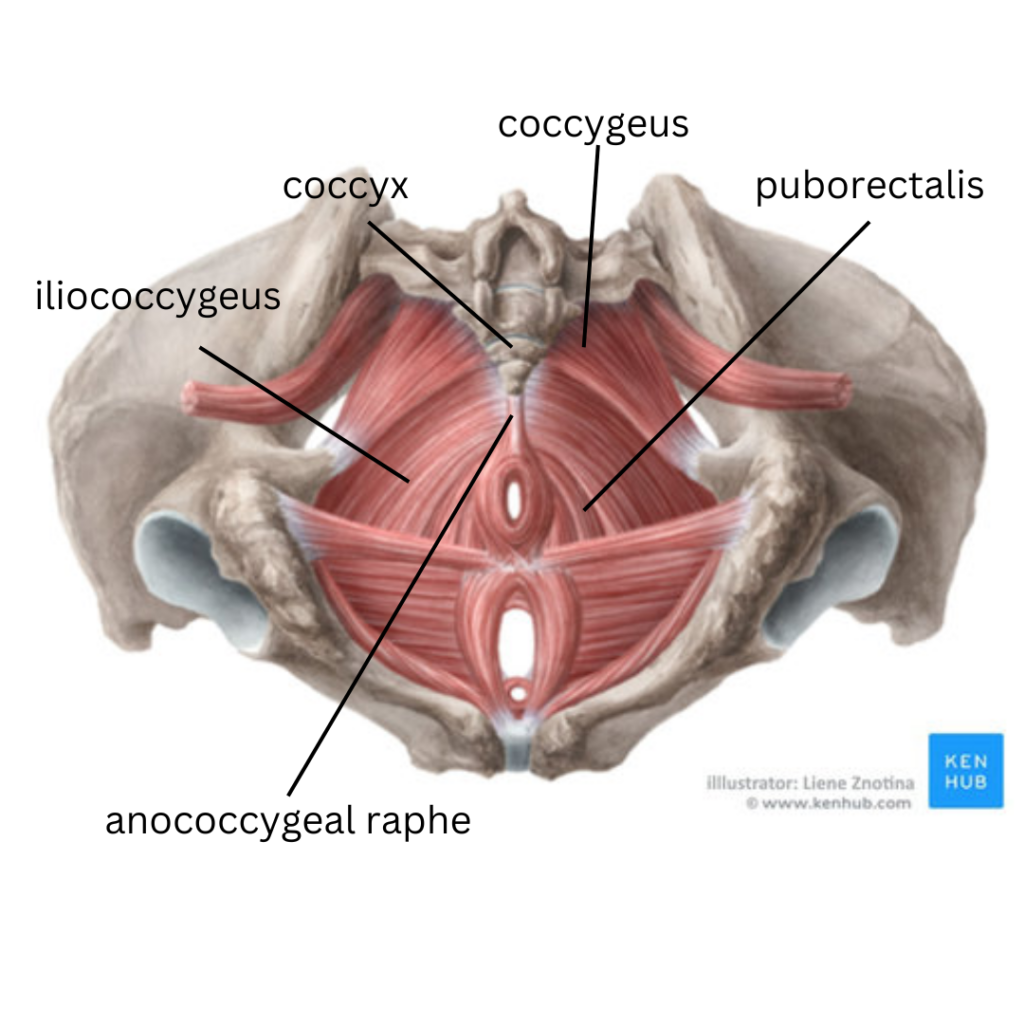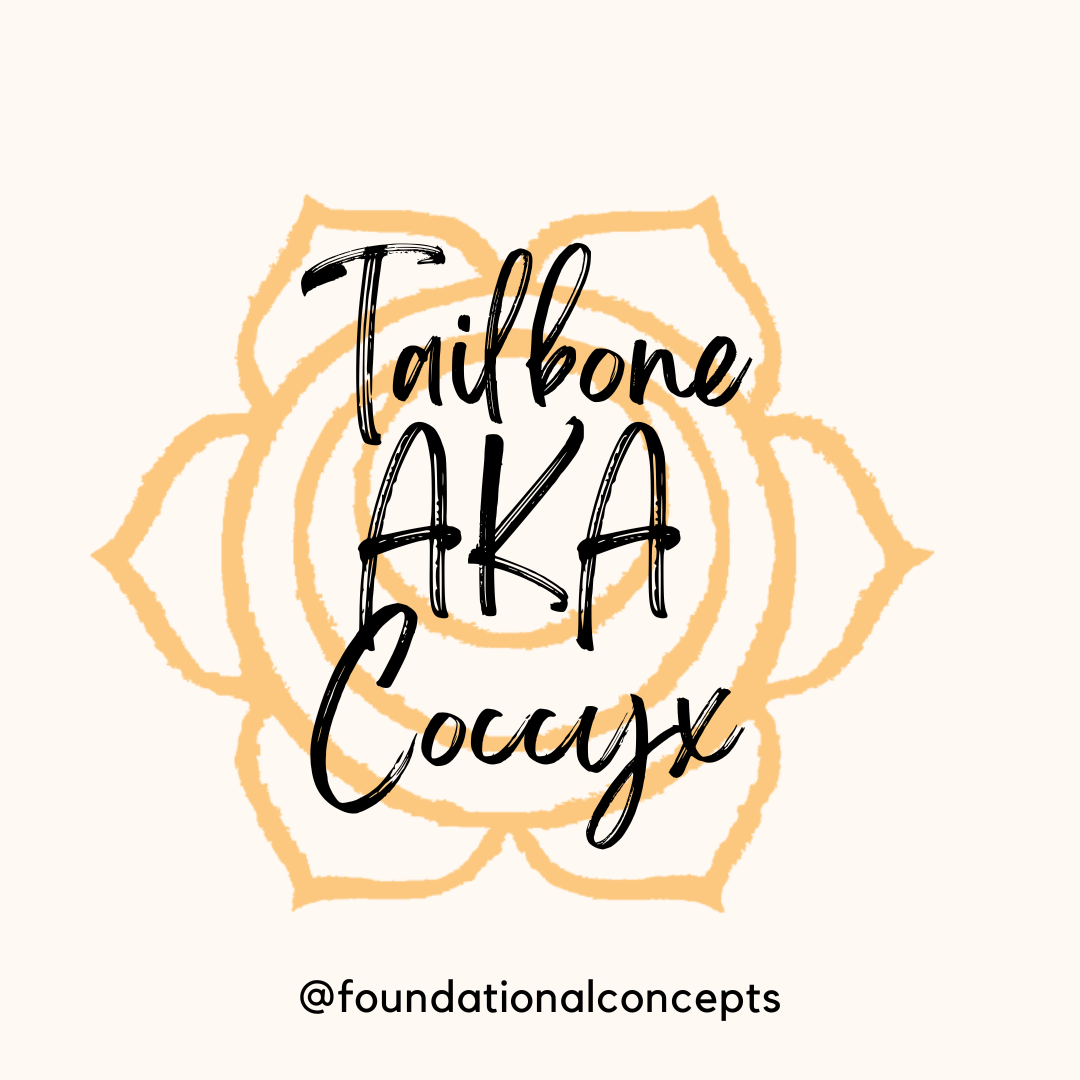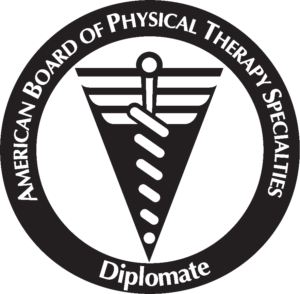Let's break down what Pelvic Floor Muscle over activity might look like. This can be…

Coccydynia: Tailbone pain
Tailbone pain or coccydynia is a common type of pelvic pain. People with tailbone pain often have increased pain with sitting and with transitioning from sitting to standing. While the tailbone is designed to tolerate about 10% of our weight in sitting, many people tend to sit back on their sacrum, increasing stress and pressure on this small group of bones.
The tailbone is an important attachment site for several groups of muscles that play important roles in pelvic and spinal stability, hip and core strength, and pelvic symptoms.
· Tip of the tailbone attachments: Deep pelvic floor muscles including the puborectalis and the iliococcygeus. Anococcygeal raphe, a deep fascial band that supports the external anal sphincter.

· Lateral border attachments: Coccygeus muscles, another pelvic floor muscle that helps to provide pelvic stability.
· Posterior attachments: Gluteus maximus, the largest of our hip muscles. Sacrotuberous ligament, a strong ligament that runs from the sacrum and coccyx to the body of the ischial tuberosity helps provide stability of the sacrum and is an extension of the hamstring tendon to the coccyx.

Through these connections, the coccyx plays an important role in providing our body a strong foundation to work from. It also has direct connections to our hamstrings, hips, and pelvic floor.
Common causes of coccydynia include a fall directly on the tailbone or childbirth especially if the delivery is assisted with forceps or vacuum. However, tailbone pain can be caused by stiffness or hypermobility at the this joint. With stiffness, the tailbone doesn’t have the flexibility to move while sitting or with transitions. With hypermobility, the coccyx can’t provide a stable base for the attaching muscles to work from. This causes overuse in other muscles and eventually pain.
Pelvic floor physical therapy is a gold standard treatment for coccydynia. It is important that the mobility of the sacrococcygeal and sacroiliac joints, mobility of the sacrospinous and sacrotuberous ligaments, and muscle mobility and strength of the attaching muscles are assessed. With this information, a plan can be established for treatment. This can include manual therapies in helping to get the joint moving, ergonomic changes for sitting posture, and exercises for muscle length or strength.
Pelvic floor PT can also look beyond the tailbone. Since the tailbone has so many muscles that attach, changes in the spine, hips, or ankles can contribute to tightness or instability in the coccyx and surrounding tissues.
If you are struggling with tailbone pain or coccydynia, a visit to a pelvic floor physical therapy can help you on the road to decreasing your pain with sitting.



